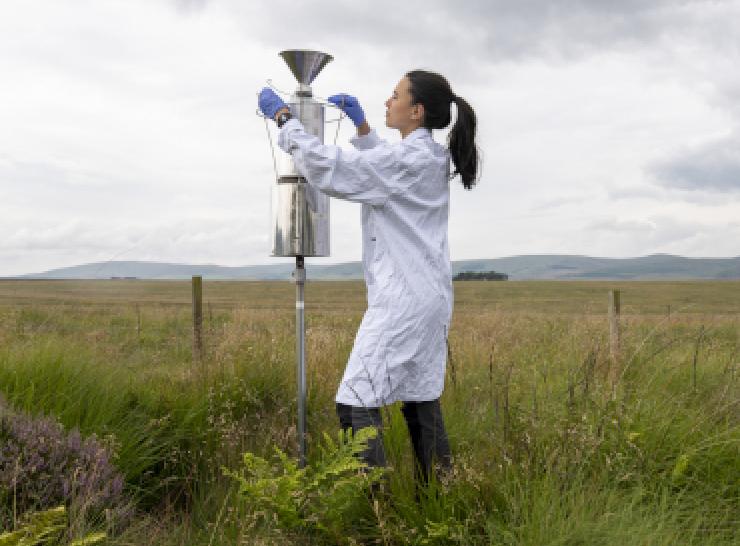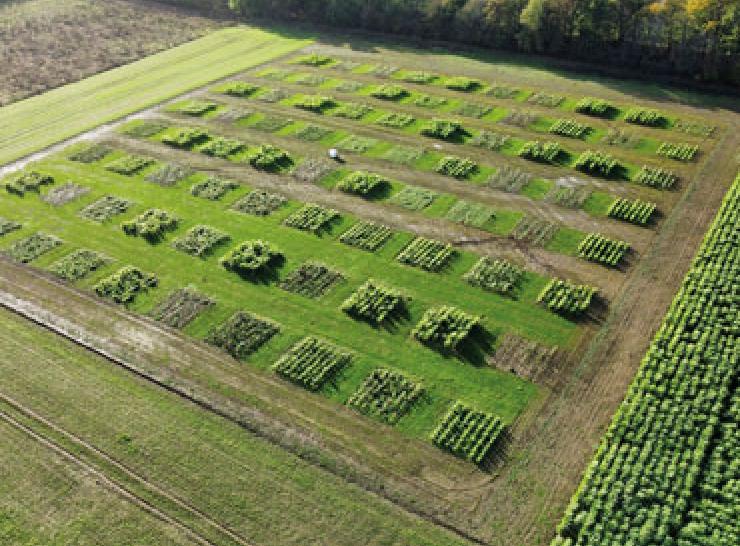The UK Centre for Ecology & Hydrology’s Annual Report & Accounts for the past five years are available for download below. These documents highlight our achievements and detail our financial performance since becoming an independent not-for-profit research institute in 2019.




